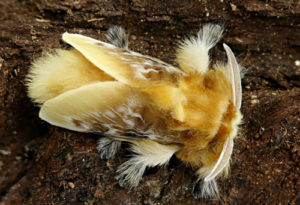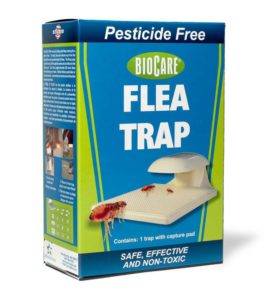Over the past month it seems that everyone I have heard from has discussed a large outbreak of one type of insect pest or the other. For this newsletter rather than discuss pest control record keeping, I am going to refer to several common pests and then give you links to past newsletter stories where you can find Action Plans or additional educational information you can use.
Asps – Aka Puss Caterpillars

Even as a moth these furry critters can cause some pain, anything with a spines that can flare up is a defense mechanism to keep predators away. Remember don’t touch them.
Asps and other stinging insects are part of the nature in Texas, their frequency is dependent on environmental factors. Stinging caterpillars are commonly found in the live oak trees. However, any hardwood tree can be a source. On occasion they may be found on, in, or around shrubbery. They may also be found crawling on benches and playground equipment.
Asp infestations, typically, are a short-term problem lasting roughly 3-4 weeks twice each year. One exposure in mid-spring and one in mid-October are typical. In most years infestations are minimal and little to no action is required when it comes to pesticide applications. Time, education, and patience for the weather to change.
Stinging by these caterpillars is normally a short-term irritation and may require first aid administered by the school nurse. Dead caterpillars can cause the same irritation as live ones, as their spines are still prickly.
First Aid: Carefully apply cellophane tape over the site and strip it off to remove as many poison spines as possible. Apply ice pack to reduce itching/ burning. Topical or oral antihistamines may be beneficial. If an allergic reaction occurs consult a physician immediately.
For more information check out this newsletter from Oct. 2016 https://schoolipm.tamu.edu/2016/10/30/halloween-pests-on-the-move/
Fleas
Fleas can be a problem in all parts of the country except in very dry areas. The most common species in school buildings is the cat flea (Ctenocephalides felis). This flea feeds on cats, dogs, and humans, as well as rodents, chickens, opossums, raccoons, and other animals. The dog flea (C. canis), rabbit flea (Spilopsyllus cuniculi) and the human flea (Pulex irritans) are less commonly encountered. Another flea of concern is the rodent flea (Xenopsylla cheopis) who are known carriers of a variety of diseases. This flea can act as a vector for plague, Yersinia pestis, Rickettsia typhi and also act as a host for tapeworms Hymenolepis diminuta and Hymenolepis nana.
However, with the recent flooding in south Texas, areas may be seeing an increase in flea activity due to habitat changes in the area. Several of the flea species can be found on wild animals as they move from their displaced home areas.

There are a variety of flea traps you can use to help with monitoring in schools. Check out the fact sheets for more information.
Unlike most fleas, adult cat fleas remain on the host where feeding, mating, and egg laying occur. Females lay about 20 to 50 eggs per day. The eggs are smooth and readily fall from the pet and land on surfaces such as bedding and carpeting in the animal’s environment. They hatch in about 2 to 5 days. The flea larvae will feed on dried blood and adult flea excrement that they produce while they are feeding on the live animal. When inspecting for flea larvae it’s important to remember that larval development is restricted to protected places where there is at least 75% relative humidity. The larvae feed and crawl around for 8 to 15 days before building small, silken cocoons in which they pupate and develop into adults. Debris, such as pet hair or skin or carpet fibers, usually covers the pupae, providing visual camouflage. Outdoors ground cover makes this hard to notice.
Flea larvae develop more quickly at higher temperatures, preferring areas that are 70° to 90°F. At cool temperatures, fully formed fleas can remain in their cocoons for up to 12 months. Warm temperatures and mechanical pressure caused by walking on or vacuuming carpet stimulate emergence from the cocoon. At normal room temperatures, the entire life cycle can occur in about 18 days.
Developing an integrated flea management program requires understanding flea biology, population assessment techniques, mechanical control systems, biological control, IGRs and traditional insecticide treatments. The first priority is to identify the pest, because suppression strategies differ among flea species according to Dr. Sonja Swiger, Met/Vet Entomologist with AgriLife Extension. Collect specimens, then get them to one of our local county extension offices or regional district offices so that one of our entomologists can identify the fleas, this will aid in your management and educational needs.
This past spring Dr. Merchant wrote about fleas and ticks for more information,check out this link https://schoolipm.tamu.edu/2017/04/25/spn-fleas-and-ticks/
The IPM Action plan comes from University of Florida School IPM program IPM Action Plan for Fleas

 .
.